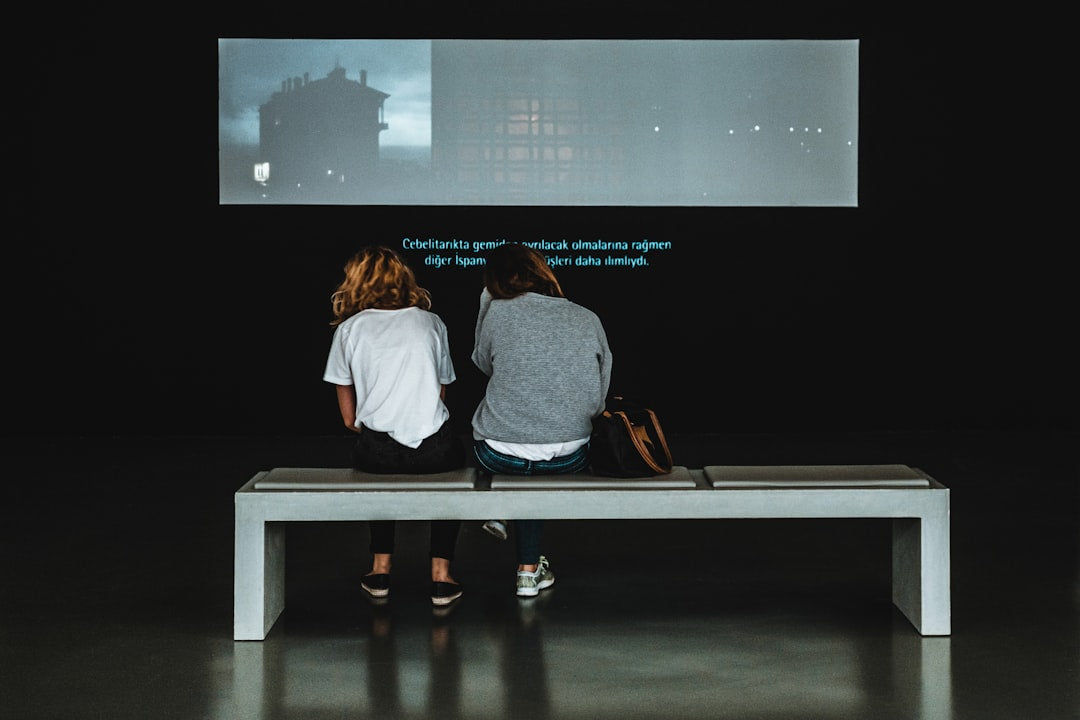Television has been a staple in households worldwide for decades, providing entertainment, news, and a connective medium for people of all ages. However, for individuals with hearing impairments, enjoying TV shows and movies can be challenging without the right accessibility options. Fortunately, there are several technology solutions designed to make TV content more inclusive for the hard of hearing. In this article, we will explore various TV accessibility options that can enhance the viewing experience for individuals with hearing loss.
1. Closed Captioning
One of the most common TV accessibility features is closed captioning, which displays text on the screen to provide a visual representation of the audio content. Closed captions are beneficial for individuals with hearing impairments as they allow them to read dialogue, sound effects, and other audio cues while watching TV. Most modern TVs come equipped with built-in closed captioning settings that can be easily enabled through the menu options.
2. Subtitles
In addition to closed captioning, subtitles offer a similar functionality by displaying text on the screen. Subtitles are typically used for translating dialogue in foreign languages but can also benefit individuals with hearing loss. Many streaming services and DVD releases provide subtitle options for their content, making it easier for viewers to follow along with the dialogue.
3. Hearing Aid Compatibility
Some TVs and audio devices are designed to be compatible with hearing aids, allowing individuals with hearing impairments to enjoy TV at a comfortable volume level. These devices often feature Bluetooth connectivity or direct audio input for hearing aids, ensuring clear and customizable sound output for the user.
4. Amplified Sound Systems
For individuals who require additional audio amplification, amplified sound systems can enhance the TV watching experience. These systems work by increasing the volume output without compromising sound quality, making dialogue and sound effects more audible for individuals with hearing loss.
5. Sign Language Interpretation
Some TV programs and channels offer sign language interpretation for viewers who are deaf or hard of hearing. Sign language interpreters appear on the screen alongside the program, providing visual representation of the spoken dialogue through sign language. This accessibility option allows individuals with hearing impairments to fully engage with TV content.
6. Audio Description
Audio description is a feature that provides a verbal description of on-screen actions, expressions, and scene changes to help individuals with visual impairments follow along with the content. While primarily designed for the visually impaired, audio description can also benefit individuals with hearing loss by providing additional context to enhance their TV viewing experience.
7. T-Coil Loop Systems
T-coil loop systems, also known as audio induction loops, can be integrated with TVs and audio devices to transmit sound directly to compatible hearing aids. These systems create a magnetic field that wirelessly transfers audio signals to the user's hearing aid, reducing background noise and improving clarity for individuals with hearing impairments.
8. Remote Control Accessibility Features
Many TVs now come equipped with remote control accessibility features that make it easier for individuals with disabilities to navigate the TV settings. These features include larger buttons, voice control options, tactile feedback, and customizable layouts to accommodate different accessibility needs.
9. Audio Equalization Settings
Adjusting the audio equalization settings on your TV can significantly improve the sound quality for individuals with hearing impairments. By boosting specific frequencies associated with speech and dialogue, users can enhance the clarity of TV audio while reducing background noise and distractions.
10. Smartphone Apps for Accessibility
Several smartphone apps are designed to enhance the accessibility of TV content for individuals with disabilities. These apps offer features such as audio description, closed captioning customization, voice control, and remote control functionality, providing a convenient way for users to personalize their TV watching experience.
11. Online Accessibility Resources
Online platforms and websites dedicated to accessibility provide a wealth of resources and information for individuals seeking to improve their TV watching experience. These resources offer guides, reviews, tutorials, and product recommendations to help users navigate the world of TV accessibility options.
12. Community Support and Advocacy
Joining online communities and advocacy groups focused on accessibility can connect individuals with hearing impairments to a supportive network of peers and experts. These communities often share tips, experiences, and product recommendations related to TV accessibility, empowering individuals to make informed decisions about their technology choices.
Enhancing TV Accessibility for All
By embracing the diverse range of TV accessibility options available, individuals with hearing impairments can enjoy a more inclusive and immersive viewing experience. From closed captioning and subtitles to advanced sound systems and smartphone apps, technology is continually evolving to cater to the accessibility needs of all viewers. Improving TV accessibility not only enhances entertainment experiences but also promotes inclusivity and equal access to visual content for everyone.
Please feel free to visit one of our fellow Shopify user's stores by clicking here. Kindly note that this is a promotional link, and we cannot be held responsible for the content of the linked store.

